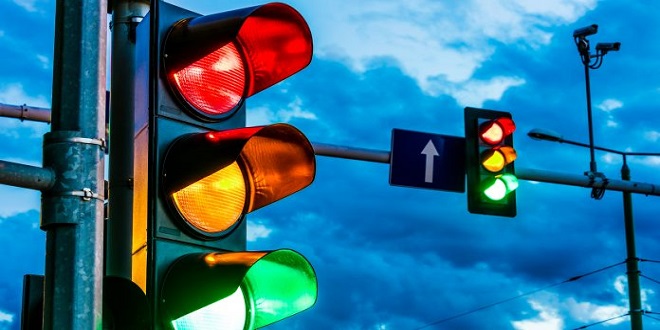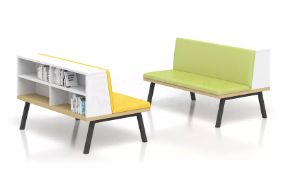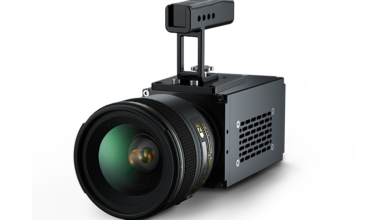New signalling and lighting technologies

Valeo Lighting Systems has developed new signal lighting technologies to provide more variety and innovation to signal lamp concepts, which are a key styling feature on cars.
Jewel aspect signal lamps
Jewel aspect signal lamps are based on the complex shape technology widely used in headlamps. The beam pattern is no longer completely controlled by the lens but by the reflector which, in some cases, maybe in conjunction with an intermediary filter. Conventional lens optics using prisms is minimized, giving the impression of greater depth and brightness.
Mono-colour signal lamps
With mono-colour technology, in addition to the traditional red functions (stop, tail lamp and fog), the reverse and turn signal functions appear red when not in use, but emit white and amber light respectively when functioning. Several technologies make this possible. In the case of subtractive synthesis lamps, coloured screens are placed in front of the bulb. Their colours are selected so that, in conjunction with the red of the external lens, they colour the light emitted by the lamp in line with the regulations: white for reverse, amber for the turn signal.
Complementary colour technology uses a two-colour external lens, which combines red (dominant) and its complementary colour (yellow for the turn signal, blue for reverse). The combination of these two lights – red and yellow for the turn signal, red and blue for reverse – produces the colour of light (white or amber) stipulated by the regulations.
Linear lighting
Linear tail lamps can easily be harmonized with the design of the vehicle by introducing the aspect of very elongated lamps. Each function light is narrow, (35 mm), and can be up to 400 mm long. The lamps use optical intermediary screens, which are so precise that they not only fulfil legal photometric requirements but also create a harmonious overall aspect and very distinct separations between the function lights. This new technology is particularly well suited for the rear of mini-vans and light trucks.
New light sources for signal lamps
LED (light emitting diode) and neon combination lamps are a unique way to combine style and safety. Innovative style: thanks to their compactness, LED and neon offer enhanced design flexibility, notably for highlighting the lines of the vehicle and illuminating the bumper. Their homogeneous or pointillist appearance accentuates the differentiation and high-tech aspect of these signal lamps. Increased safety: the response time of these new sources, approximately 0.2 s faster than incandescent bulbs, allows danger to be anticipated as it provides the equivalent of 5 m extra braking distance for a vehicle travelling behind at 120 km/h.
Centre high mounted stop lamps (CHMSLs)
An LED CHMSL illuminates 0.2 s faster than conventional incandescent lamps, improving driver response time and providing extra braking distance of 5 m at 120 km/h. Owing to their low height and reduced depth, LED CHMSLs can be easily harmonized with all vehicle designs, whether they are mounted inside or integrated into the exterior body or spoiler. The lifetime of an LED CHMSL is greater than 2000 hours, exceeding the average use of the light during the life of the vehicle. Each new LED generation feature enhances photometric performance and allows a reduction in the number of LEDs required for the CHMSL function. This number has already decreased from 16 to 12 in some configurations and should decrease even further over the next few years.
Last word
The possibilities as the technology develops are very wide. The type of lights used and the possible position of the lights on the vehicle are limitless. Rear lights in particular could be changed depending on what the requirements were. For example, when travelling normally, the rear lights would be red but when reversing all of the light could be white.




